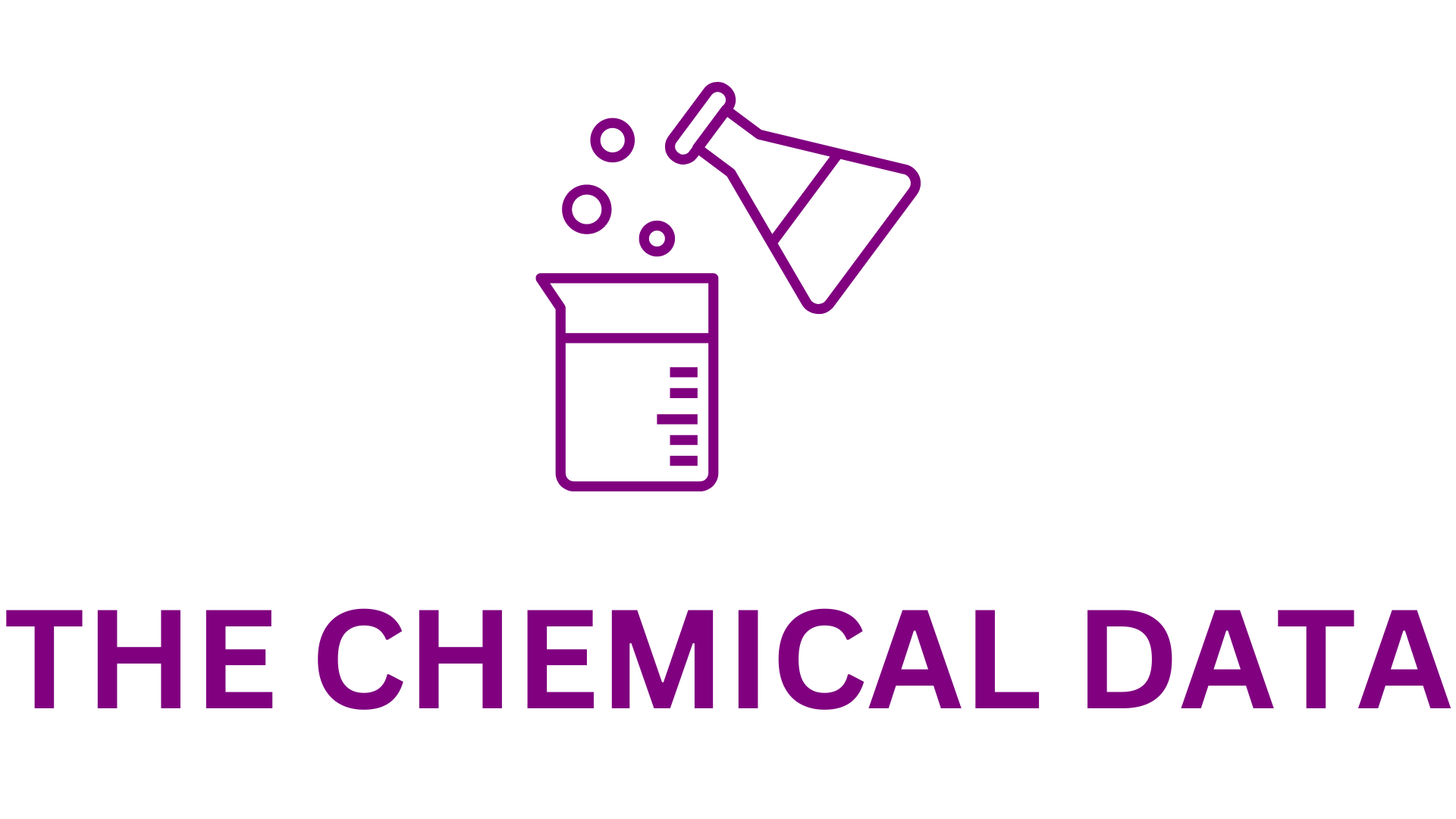
Rigaku Corporation’s X-ray Laboratory, part of the Rigaku Holdings Group, has developed the Total X-ray Scattering and RMC Modeling Method (TXS-RMC), a groundbreaking technology for visualizing the atomic-scale 3D structure of amorphous carbon. This advancement represents a significant step in understanding the structure and function of amorphous and crystalline materials, with potential applications in battery performance enhancement and the development of advanced functional materials for gas, fluid, and electrical transmission.
Historically, the atomic-scale structure of amorphous materials was analyzed qualitatively or estimated using molecular dynamics. TXS-RMC provides precise structural data, enabling predictions of physical properties and advancing material design. This technology addresses critical industry needs, helping researchers determine whether materials possess the desired properties for advanced functional applications.
The innovation expands X-ray analysis capabilities to encompass amorphous materials alongside crystalline ones, broadening its application scope. Research findings on TXS-RMC have been published in Scientific Reports under the title, “Local structure of Amorphous carbon investigated by X-ray total scattering and RMC modeling.”
About Rigaku’s X-ray Laboratory
Founded in 1992, Rigaku’s X-ray Laboratory is Japan’s only private X-ray research facility, home to 70 specialists dedicated to advancing X-ray and related technologies.
About Rigaku Corporation
Since 1951, Rigaku has been at the forefront of X-ray and thermal analysis technologies, serving industries from semiconductors and batteries to life sciences. With operations in over 90 countries and 2,000 employees globally, Rigaku’s mission is embodied in its commitment: “To Improve Our World by Powering New Perspectives.”







